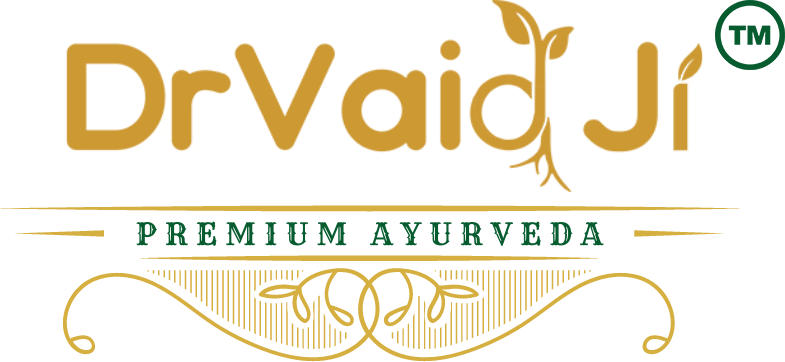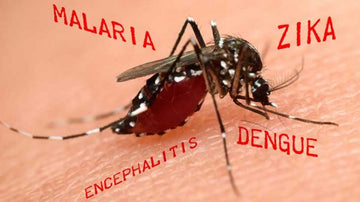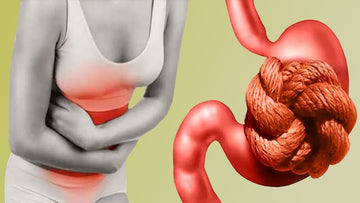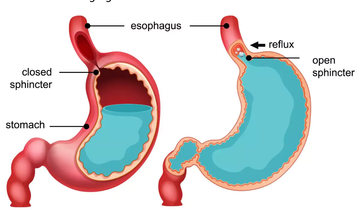
In Ayurveda, the concept of the Seven Dhatus refers to the seven fundamental tissues that make up the human body. These Dhatus are responsible for the body’s structure and function, and they play a crucial role in maintaining health and vitality. The seven Dhatus are:
1. Rasa (Plasma/Lymph): This is the first and most basic dhatu, which nourishes all other tissues. It includes plasma, lymph, and the essential fluids that are absorbed from digested food.
2. Rakta (Blood): Rakta refers to the blood, which is responsible for transporting nutrients, oxygen, and vital energy throughout the body. It also provides life force (Prana) to the body.
3. Mamsa (Muscle Tissue): Mamsa dhatu forms the muscle tissue, providing structure, support, and strength to the body. It is responsible for the movement of the body.
4. Meda (Adipose Tissue/Fat): Meda dhatu refers to the fat tissue, which provides lubrication to the body, protects the organs, and maintains body temperature.
5. Asthi (Bone Tissue): Asthi dhatu forms the skeletal system, providing the framework and support for the body. It also protects vital organs.
6. Majja (Bone Marrow/Nervous Tissue): Majja dhatu includes bone marrow and nervous tissue, responsible for producing blood cells and supporting the nervous system, including brain function.
7. Shukra (Reproductive Tissue): Shukra dhatu refers to the reproductive tissue and includes both sperm in males and ovum in females. It is responsible for reproduction and also contributes to overall vitality and strength.
1. Rasa Dhatu: The nutrients absorbed from digested food first nourish Rasa dhatu. This nourished Rasa then provides sustenance to Rakta dhatu.
2. Rakta Dhatu: Rakta dhatu, once nourished, supports the formation and nourishment of Mamsa dhatu.
3. Mamsa Dhatu: Mamsa dhatu, in turn, nourishes Meda dhatu.
4. Meda Dhatu: The well-nourished Meda dhatu supports the formation of Asthi dhatu.
5. Asthi Dhatu: Asthi dhatu, when well-nourished, provides sustenance to Majja dhatu.
6. Majja Dhatu: The nourishment from Majja dhatu supports Shukra dhatu, the final tissue.
7. Shukra Dhatu: Shukra dhatu, being the last in the sequence, has the potential to contribute to Ojas, the essence of vitality and immunity, which sustains the entire body.
If any dhatu is deficient or imbalanced, it can affect the nourishment of subsequent dhatus, leading to health issues. Proper diet, lifestyle, and Ayurvedic treatments aim to maintain the balance and proper functioning of these dhatus for optimal health.
1. Rasa (Plasma/Lymph): This is the first and most basic dhatu, which nourishes all other tissues. It includes plasma, lymph, and the essential fluids that are absorbed from digested food.
2. Rakta (Blood): Rakta refers to the blood, which is responsible for transporting nutrients, oxygen, and vital energy throughout the body. It also provides life force (Prana) to the body.
3. Mamsa (Muscle Tissue): Mamsa dhatu forms the muscle tissue, providing structure, support, and strength to the body. It is responsible for the movement of the body.
4. Meda (Adipose Tissue/Fat): Meda dhatu refers to the fat tissue, which provides lubrication to the body, protects the organs, and maintains body temperature.
5. Asthi (Bone Tissue): Asthi dhatu forms the skeletal system, providing the framework and support for the body. It also protects vital organs.
6. Majja (Bone Marrow/Nervous Tissue): Majja dhatu includes bone marrow and nervous tissue, responsible for producing blood cells and supporting the nervous system, including brain function.
7. Shukra (Reproductive Tissue): Shukra dhatu refers to the reproductive tissue and includes both sperm in males and ovum in females. It is responsible for reproduction and also contributes to overall vitality and strength.
Role of the Dhatus in Healthy Living
The proper functioning and balance of the Seven Dhatus are essential for overall health and well-being. Each dhatu nourishes and supports the next, creating a cascade of nourishment that sustains the body’s vitality and strength.How One Dhatu Nourishes Another
The nourishment of the dhatus follows a sequential process, where each dhatu receives nourishment from the preceding one. Here’s how it works:1. Rasa Dhatu: The nutrients absorbed from digested food first nourish Rasa dhatu. This nourished Rasa then provides sustenance to Rakta dhatu.
2. Rakta Dhatu: Rakta dhatu, once nourished, supports the formation and nourishment of Mamsa dhatu.
3. Mamsa Dhatu: Mamsa dhatu, in turn, nourishes Meda dhatu.
4. Meda Dhatu: The well-nourished Meda dhatu supports the formation of Asthi dhatu.
5. Asthi Dhatu: Asthi dhatu, when well-nourished, provides sustenance to Majja dhatu.
6. Majja Dhatu: The nourishment from Majja dhatu supports Shukra dhatu, the final tissue.
7. Shukra Dhatu: Shukra dhatu, being the last in the sequence, has the potential to contribute to Ojas, the essence of vitality and immunity, which sustains the entire body.
If any dhatu is deficient or imbalanced, it can affect the nourishment of subsequent dhatus, leading to health issues. Proper diet, lifestyle, and Ayurvedic treatments aim to maintain the balance and proper functioning of these dhatus for optimal health.




